Many chefs, farmers and suppliers are turning to wild boars to combat crop destruction by turning them into a sustainable source of protein.
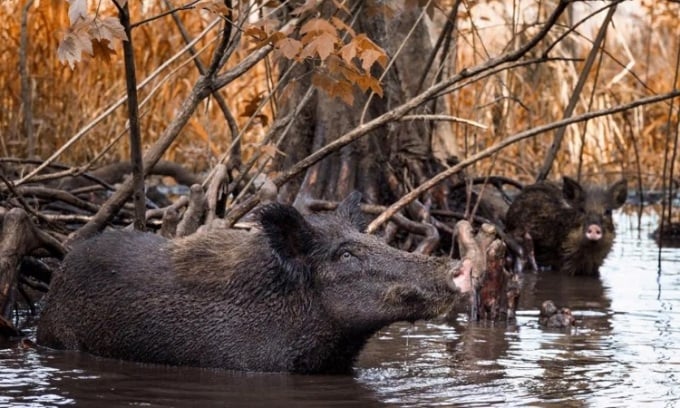
There are currently about 6 million feral pigs in 35 states in the US. Photo: Alamy
At Dai Due in Austin, Texas, feral hogs are a highlight on the menu. The pigs come from both Texas and elsewhere. Christopher Columbus brought eight pigs to the Western Hemisphere for food on his voyage to Cuba in 1493. The descendants of those pigs, estimated to number as many as 6 million in 35 states, have been causing trouble ever since. They cause $2.5 billion in annual crop, forestry, and livestock damage, and can spread diseases to both humans and livestock. There are 2 million feral hogs in Texas alone, making the state the epicenter of the problem nationwide.
So some chefs, farmers, and meat suppliers in Texas and other southern hot spots are bringing wild hogs into the food chain. They’re transforming a nuisance animal into a sustainable source of protein for humans. Chef Jesse Griffiths, co-founder of Dai Due, is one of the hospitality industry’s biggest advocates for wild hog consumption.
Casey Frank, education and operations coordinator for the nonprofit Farmshare, has seen the devastation pigs can wreak. In June 2022, as a severe drought gripped central Texas, Frank began noticing mud holes and uprooted crops around Farmshare’s 10-acre organic farm in Austin. A herd of feral hogs were searching for moist ground to feed and cool off during the hottest summer in state history. Six adult feral hogs, each weighing more than 200 pounds, were wreaking havoc on Farmshare, an organization that helps new farmers and increases access to food in areas like East Austin and Travis County. The hogs destroyed 2 acres of land overnight and lost more than 2,000 pounds of produce, Frank said.
Officials like the U.S. Department of Agriculture (USDA) and state wildlife agencies have been trying to control hog populations for decades, but have encountered difficulties. In the 1890s, hunters brought 13 Eurasian wild boars, likely purchased from Germany’s Black Forest, to a game reserve in New Hampshire. Known for their intelligence and elusiveness, they were ideal targets for sport hunters who loved to chase them.
Frank understood the difficulty of tracking a herd of six tiny pigs that were destroying Farmshare’s farm. He built a hunter’s shelter in the middle of Farmshare’s field. During several six-hour hunts, Frank waited with his rifle each night. But for three months, he failed to fire a shot. Finally, Farmshare in Austin invested in setting traps containing a mixture of corn, fermented beer, sugar, and jelly. That didn’t work either. “The pigs are so smart that they can recognize the traps and walk through them. Eventually, the traps became an expensive way to feed the birds,” Frank said.
Several other factors contributed to the emergence of one of the first invasive species in North America. In some areas, hybridization led to an uncontrollable situation. “Livestock are purposely bred to reproduce quickly in large numbers early in life. Eurasian wild boars are very difficult to hunt. Those two things really work to their advantage,” says Mikayla Killam, a wildlife damage management specialist with the Texas A&M University AgriLife Extension Service.
Although they are difficult to catch, many states with large populations allow hunters to shoot feral hogs. Some trappers also help market the meat. Broken Arrow Ranch in Texas works with trappers to capture and deliver feral hogs to a licensed slaughterhouse for processing and packaging. The ranch’s founder, Mike Hughes, learned about the feral hog problem a few years ago. Broken Arrow soon became a meat supplier, selling 1,500 to 1,700 hogs a year.
While Broken Arrow accepts pigs in the 40- to 200-pound range, they prefer to buy medium-sized pigs, weighing 80 to 180 pounds. According to Chris Hughes, co-owner of Broken Arrow Farms, adult male pigs can weigh 300 to 400 pounds, and the problem is that as they get older, they constantly produce hormones that can cause the meat to smell bad.
Shogun Farms, outside Tampa, Florida, eliminates the odor by raising and feeding the 650 to 700 pigs they trap at any given time for about six months. When new pigs arrive, they are quarantined and dewormed to avoid parasites. The herd is closely monitored and fed a varied diet. The result of this labor-intensive operation is red meat that many consumers liken to Wagyu.
While many facilities like Broken Arrow and Shogun Farms are working to rid the environment of invasive pigs, getting wild boar meat to market isn’t easy. Unlike the game meat that Broken Arrow sells, which can be processed on-site, pork must comply with federal inspection regulations. It takes time and effort for suppliers to find a slaughterhouse licensed by the U.S. Food and Drug Administration to process wild hogs.
The relatively small number of processors means wild boar will likely remain a specialty for some time. But chefs across the country are taking notice of the growing availability of wild boar. Broken Arrow’s products are appearing on restaurant menus at restaurants including Eataly in New York, Redbird in Los Angeles, Rainbow Lodge in Houston, and Quince in San Francisco.
An Khang (According to Yahoo )
Source link






![[UPDATE] April 30th parade rehearsal on Le Duan street in front of Independence Palace](https://vstatic.vietnam.vn/vietnam/resource/IMAGE/2025/4/18/8f2604c6bc5648d4b918bd6867d08396)
![[Photo] Prime Minister Pham Minh Chinh receives Mr. Jefferey Perlman, CEO of Warburg Pincus Group (USA)](https://vstatic.vietnam.vn/vietnam/resource/IMAGE/2025/4/18/c37781eeb50342f09d8fe6841db2426c)


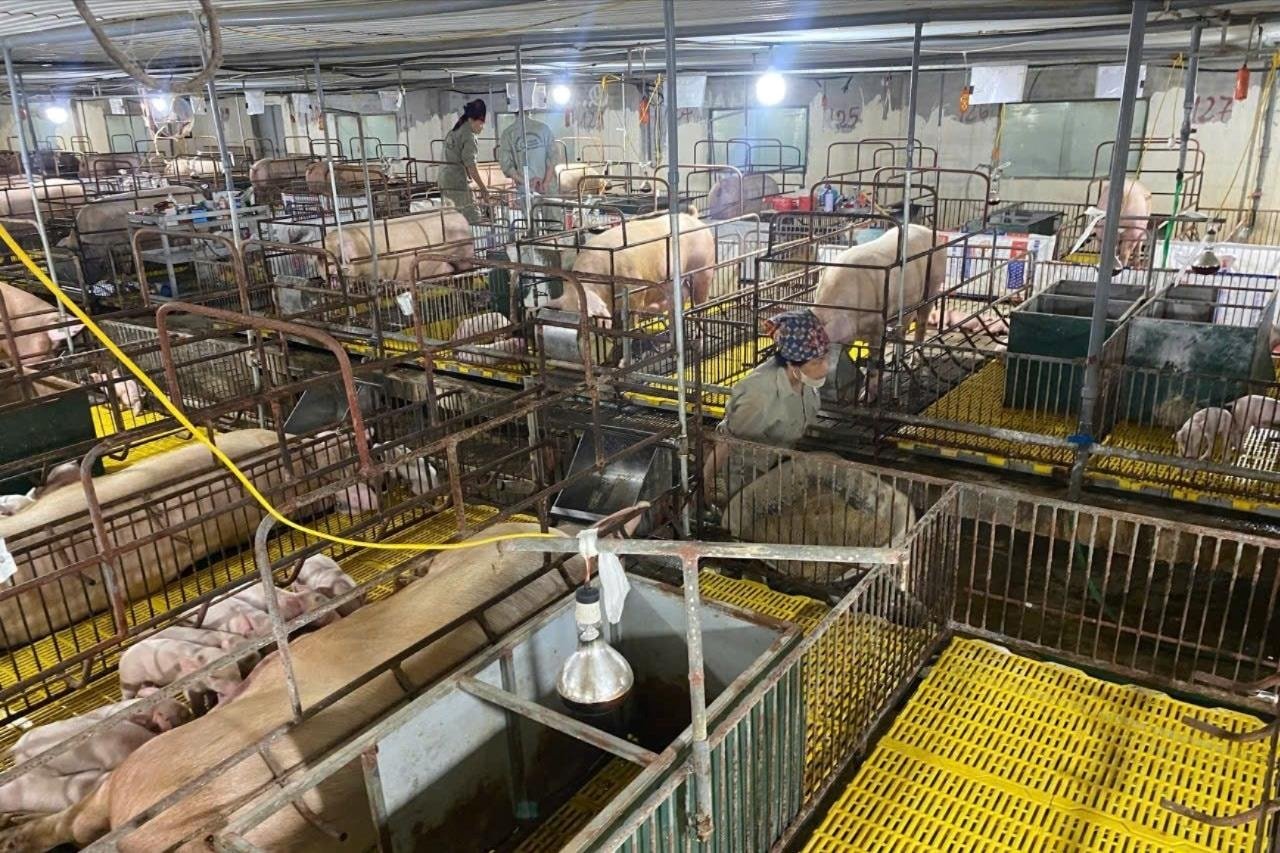
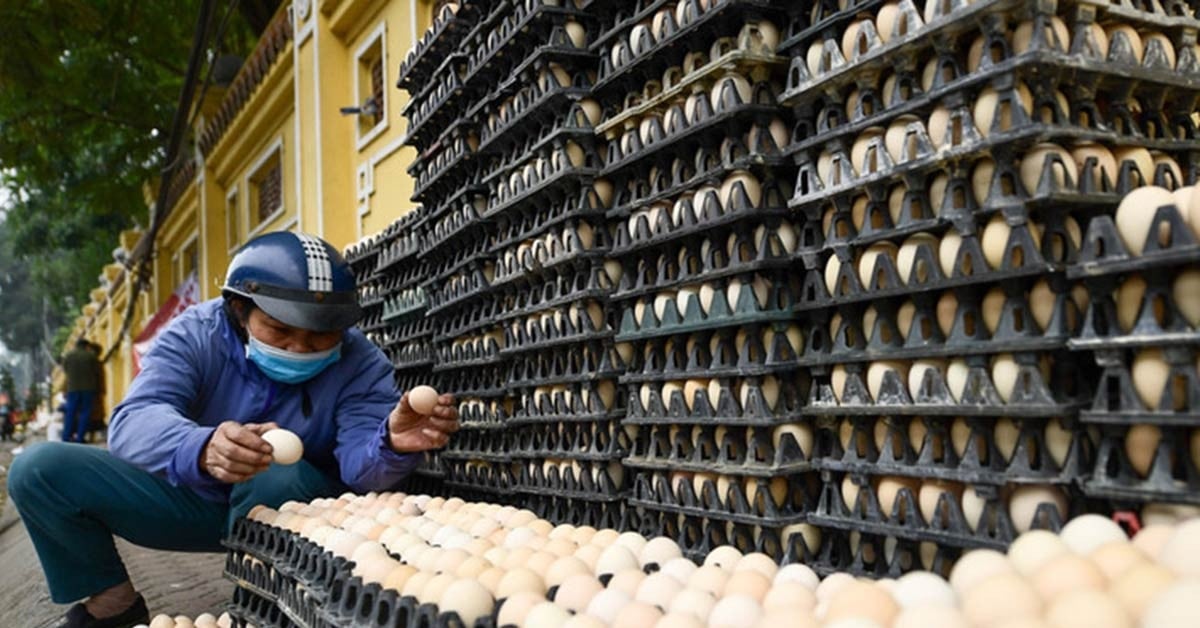

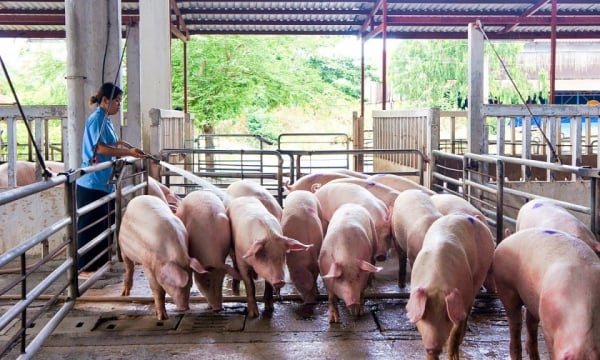
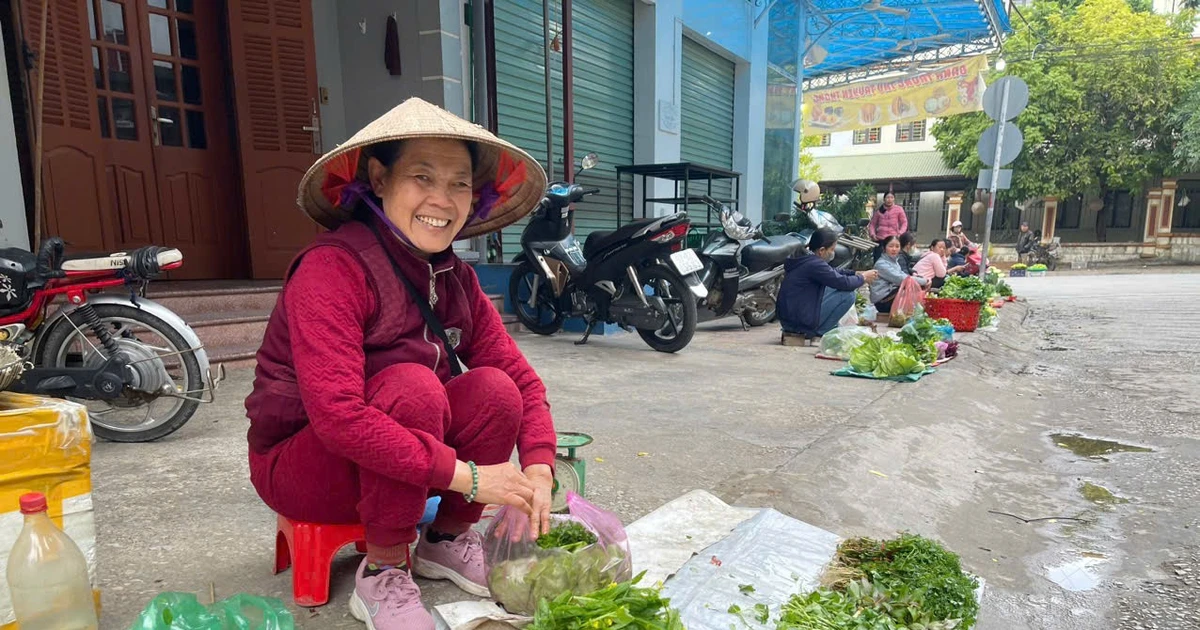
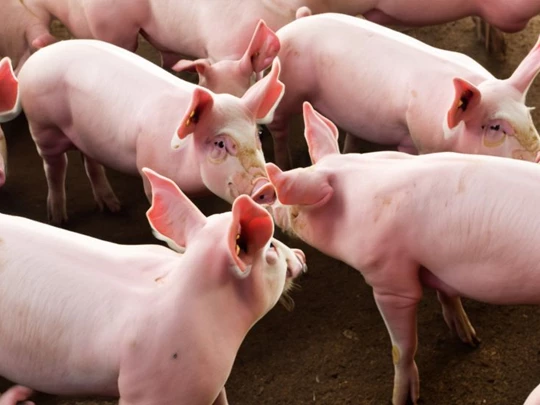











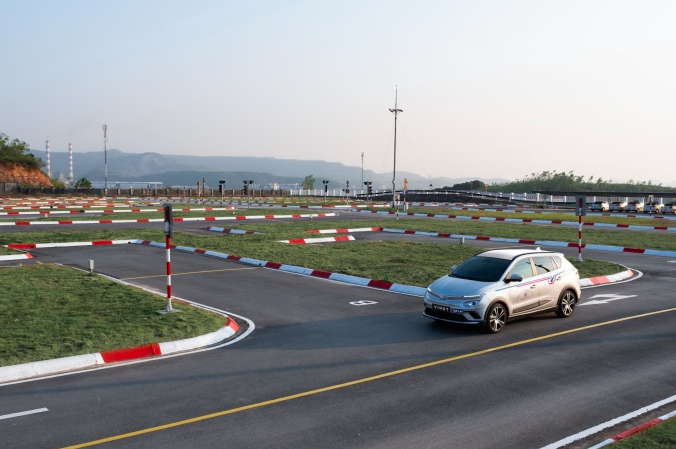
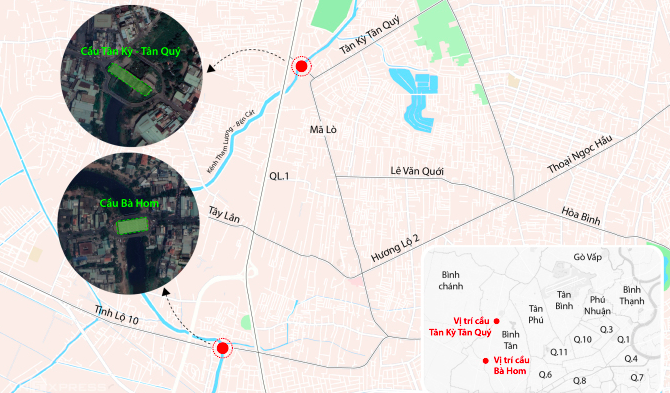


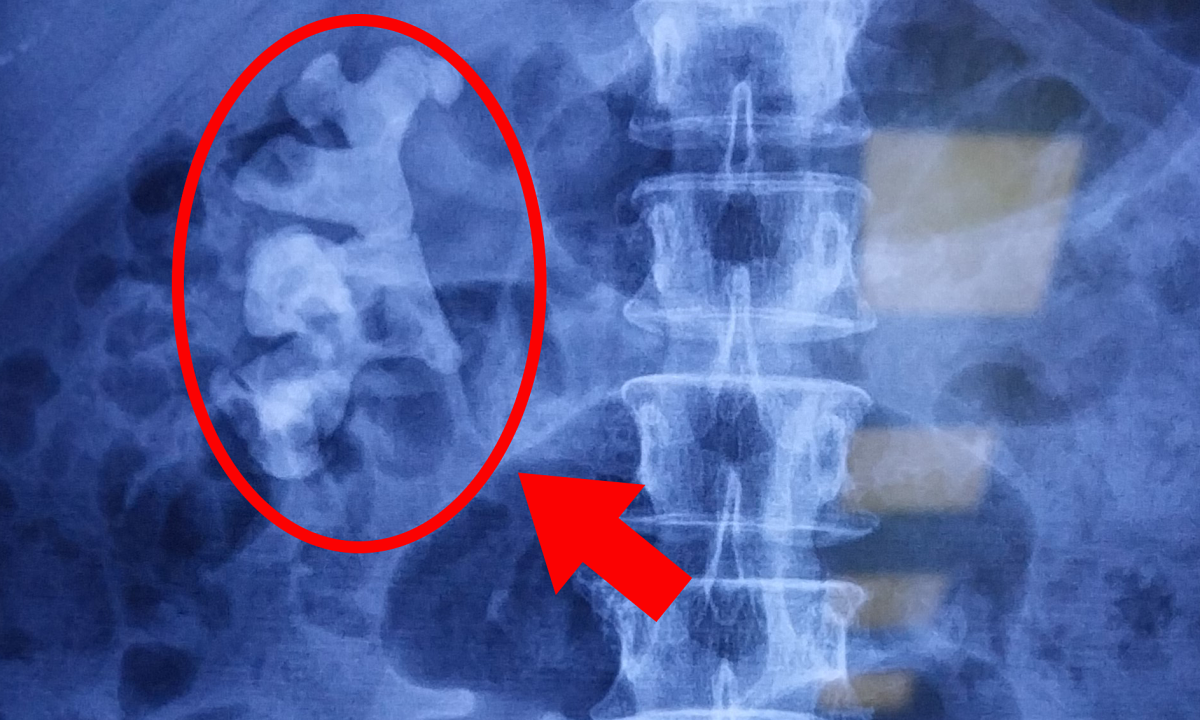


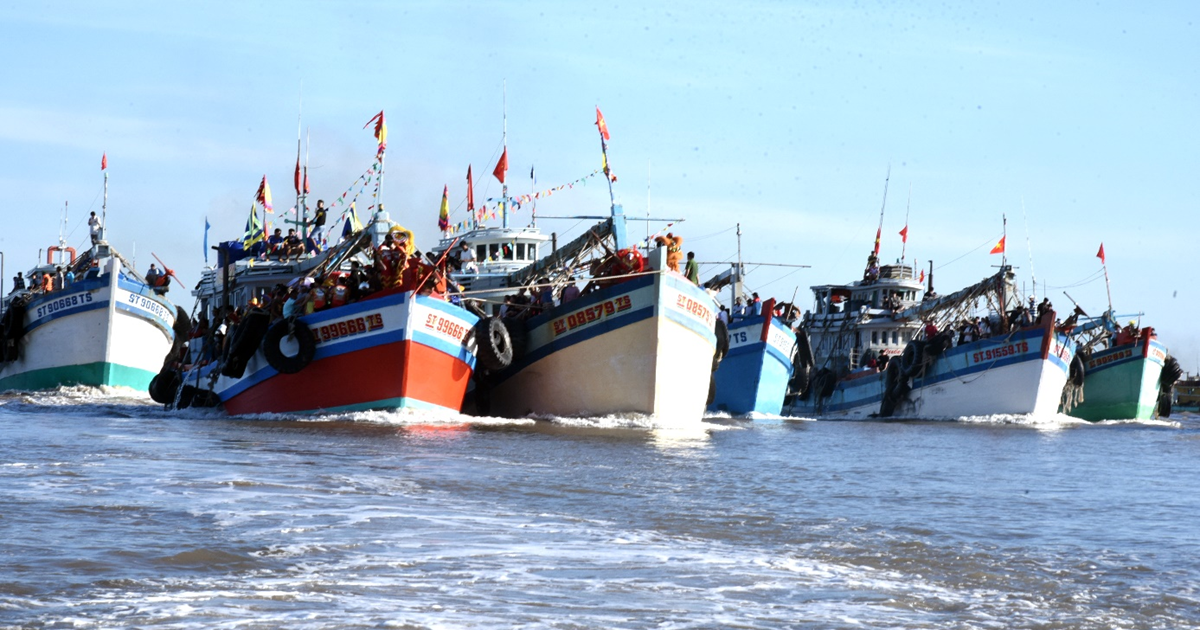














































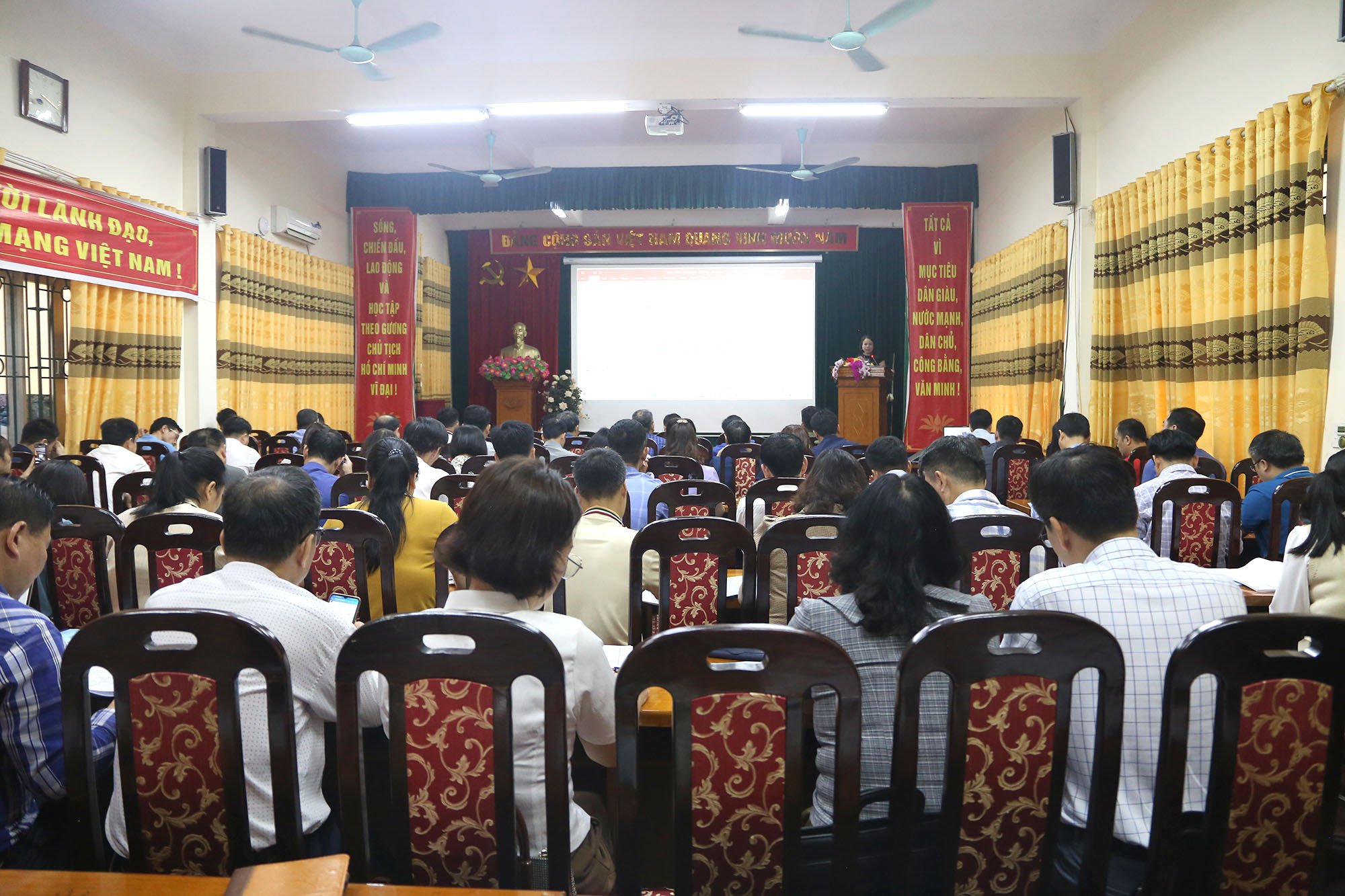
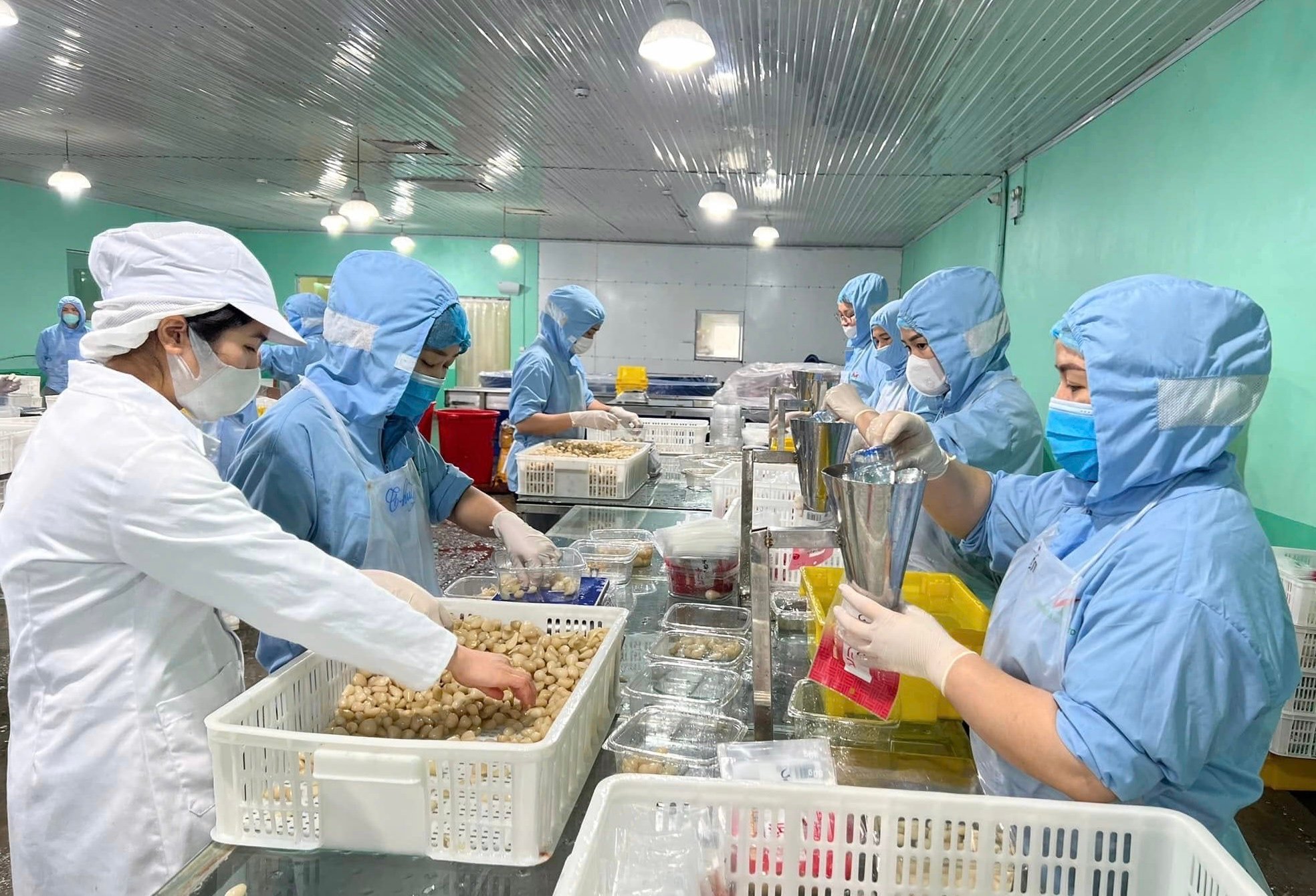












Comment (0)